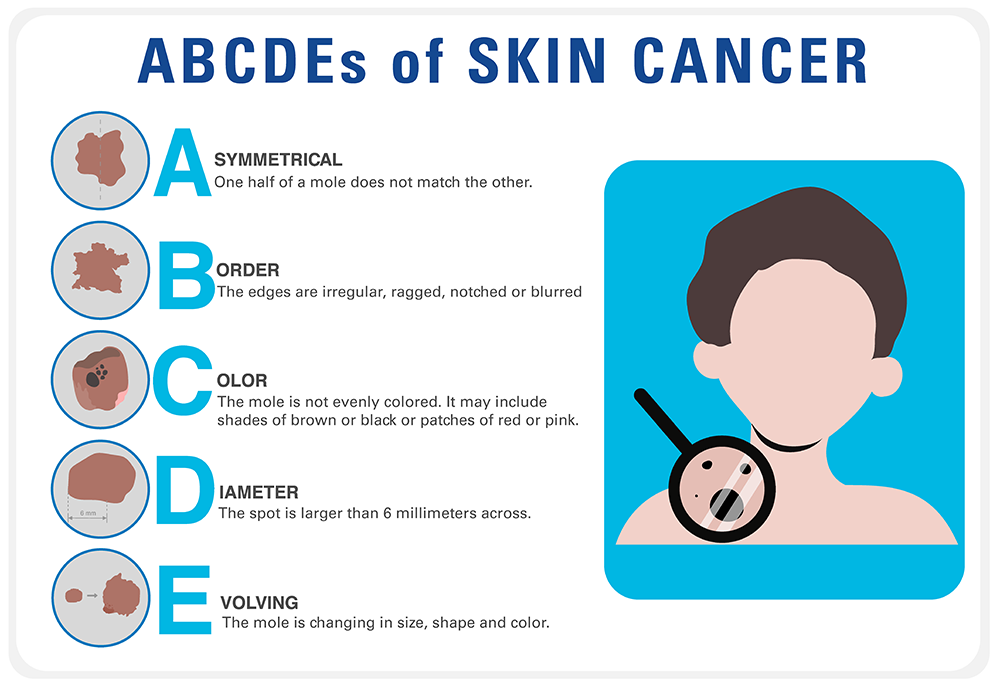Skin Cancer Awareness & UV Safety Month

According to the Skin Cancer Foundation, approximately 9,500 people are diagnosed with skin cancer daily making it the most common type of cancer. Although skin cancer is very common there are still many preventative measures that can be taken to protect yourself and those around you against it.
The American Academy of Dermatology recommends three simple steps to follow while outdoors to protect your skin from ultraviolet rays:
- Seek shade when needed.
- Wear clothing that is sun protective. (Hats, UV-protective sunglasses, etc.)
- Use of a water-resistant SPF (preferably of 30 or higher) broad-spectrum sunscreen.
The summer season is filled with many activities taking place outdoors which require the use of SPF. However, the use of SPF is equally important year-round. Whether it is cloudy or cool SPF protection is still needed to protect your skin from the sun’s ultraviolet rays.
Aside from protecting your skin from UV rays, it is equally important to educate yourself regarding the detection and prevention of skin cancer. Skin that is left unprotected can become damaged by UV rays in as little as 15 minutes. Self-monitoring yourself and loved ones for the common signs of skin cancer can save a life. A skin self-exam should ideally be performed in a well-lit room with the utilization of a full-body mirror. Handheld mirrors can be utilized for hard-to-see areas on the body. Learning the patterns of your body’s freckles, moles, or blemishes can make it easy to notice when changes occur. If you find something suspicious on your skin, be sure to have it checked by a physician for further examination and diagnosis.

Know the ABCDE’s of Skin Cancer
Asymmetry: One half of the spot or mole does not match the other half.
Border: The edges are often irregular, uneven, or ragged; the pigment, or color, may spread into the surrounding skin.
Color: The color is not even, and there may be more than one shade or color present; shades of black, brown, and tan may be present; areas of white, gray, red, pink, or blue may also be seen.
Diameter: The size of the spot or mole can be tiny but it usually is larger than the size of a pea (bigger than 1/4 of an inch) and is increasing.
Evolving: The size, shape, or color of the spot or mole has changed over the past few weeks or months.
If you see a suspicious mole or changes in your skin, consult your local Mountainside Medical Group primary care provider today. Happy Summer!



